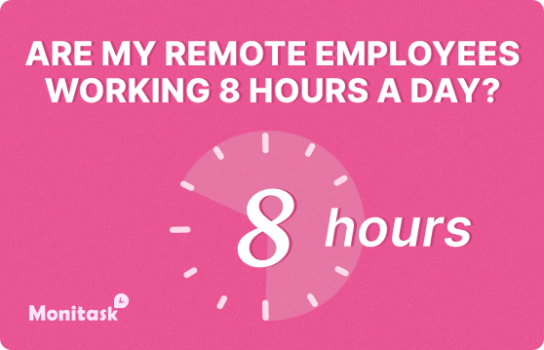Employee Monitoring for Performance Review

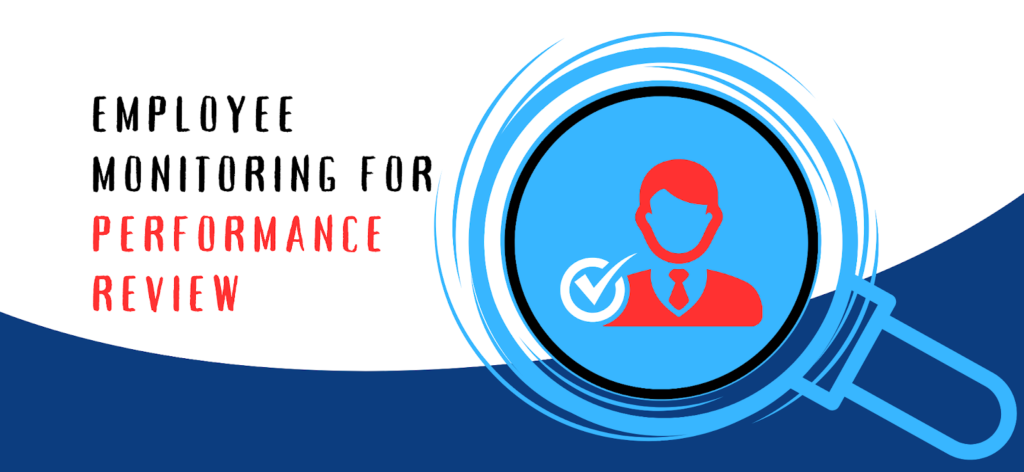
Are you curious about how performance evaluation can impact employee productivity and organizational success in today’s fast-paced business world? Want to know why many companies are adopting employee monitoring as a powerful tool for accurate and objective performance assessment? Stay tuned as we delve into the importance of employee monitoring for performance reviews!
Approximately 80% of large organizations currently engage in monitoring their employees’ utilization of email, internet, and phone communication, with 94% of organizations implementing some form of user monitoring, and 93% monitoring access to sensitive data.
A total of 43% of employees who work remotely express that they feel their trust is compromised due to surveillance measures by their employer.
In this article, we will explore the concept of employee monitoring, its benefits, types, legal and ethical considerations, best practices, challenges, and its importance in performance review processes.
Keep reading to learn more statistics about employee monitoring and its impact on employee workplace behavior.
Employee Monitoring: An Overview
The term employee monitoring might not be a new one for you, right? Employee monitoring, as the name suggests, refers to the practice of tracking and collecting data on employees’ activities, behaviors, and performance in the workplace. With advancements in technology, employers can now monitor various aspects of their employees’ work, including time tracking, internet usage, GPS tracking, video surveillance, email and communication monitoring, and more.
As discussed earlier, there is a purpose to monitoring employee activities in the workplace. The data collected through employee monitoring can be used to assess and evaluate employees’ productivity, monitor employee performance well, and identify areas of improvement. But HOW? We will answer this question later in the article.
Importance of Performance Review
Did you know, approximately 24% of employees express that they would consider leaving their jobs if their managers fail to provide adequate feedback on their performance during employee performance reviews? This shows that effective feedback is a key factor in employee retention and job satisfaction. Further, 80% of employees express a preference for immediate feedback to track employee performance over annual performance reviews.
A performance review, also known as a performance appraisal or performance evaluation, is a formal assessment conducted by a manager to evaluate an employee’s work performance. It typically involves identifying the employee’s strengths and weaknesses, providing feedback, and setting goals for future performance.
Traditionally, many organizations conducted annual performance reviews for their employees. However, there is a growing trend towards more frequent feedback through employee performance tracking software and management systems, with some companies opting for quarterly, monthly, or even weekly reviews. Some organizations are replacing formal performance reviews with more informal manager check-ins and one-on-one discussions.
Let me re-emphasize that performance review is a crucial process in every organization and employee monitoring can significantly contribute to the accuracy and effectiveness of performance reviews by providing data-driven insights and objective evidence of employees’ work behaviors and outcomes.
Employee Performance Reviews Comments
If you are an HR manager, you might have commented on your employees’ performance reviews, right? Employee performance review comments are crucial in providing meaningful feedback to employees about their performance. For instance, a manager might write comments such as “John consistently meets deadlines and goes above and beyond to deliver high-quality work on time, showing excellent time management and attention to detail skills,” to highlight an employee’s strengths and recognize their achievements.
On the other hand, if an employee needs improvement in a certain area, a constructive comment could be “Samantha has shown potential in her role, but could benefit from additional training and development in managing complex projects to improve her organizational skills and efficiency.”
These specific and measurable comments provide employees with clear feedback on their performance, helping them understand areas of success and areas that may require further attention, ultimately contributing to their professional growth and success within the organization.
Benefits of Employee Monitoring: How Can It Help In Employee Performance Review
Employee monitoring software can offer numerous benefits to employers, employees, and the overall organization. Some of the key benefits include:
1. Increased productivity:
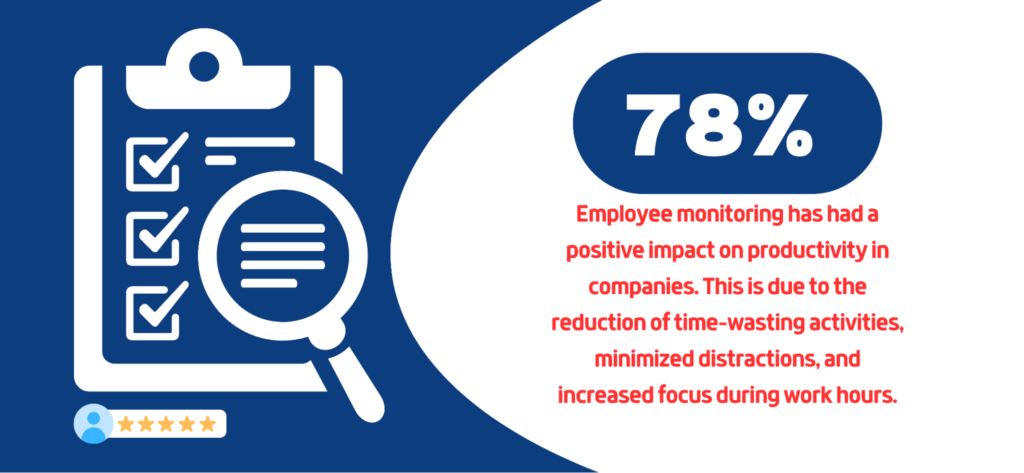
You might be surprised that 78% of companies reported that employee monitoring has positively impacted productivity by reducing time-wasting activities, minimizing distractions, and encouraging focused work during work hours. Thus, by monitoring employees’ activities, employers can identify unproductive behaviors, such as excessive internet usage or time wastage, and take necessary actions to improve productivity.
Further, in a survey of Canadian employees by Chaptera, 47% of employees believed that employee monitoring helped to improve their productivity. It shows employee monitoring leads to employee productivity.
2. Enhanced security: Employee monitoring can help in preventing insider threats, data breaches, and other security risks by monitoring employees’ online activities, communication, and access to sensitive information.
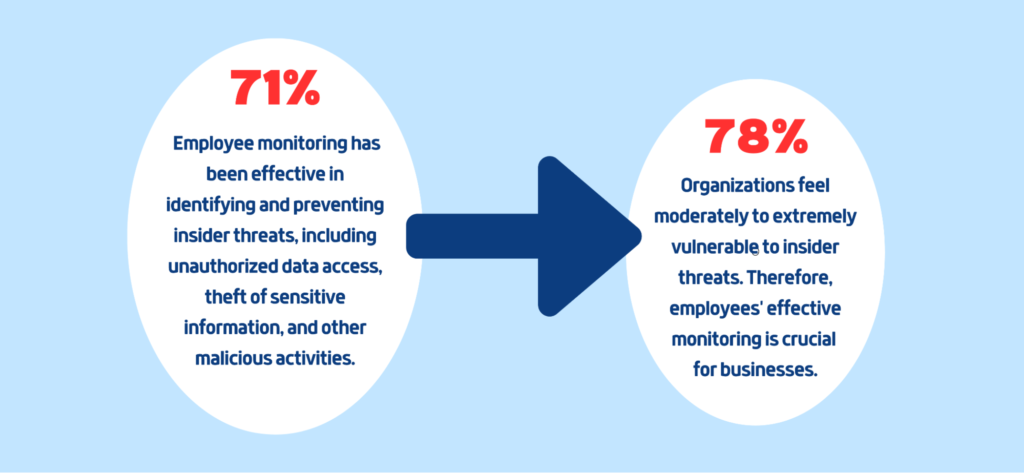
According to the ManageEngine website,,71% of companies reported that employee monitoring has helped in identifying and preventing insider threats, such as unauthorized access to company data, theft of sensitive information, and other malicious activities. And 68% of organizations feel moderately to extremely vulnerable to insider threats. Therefore, employees’ effective monitoring is crucial for businesses.
3. Improved compliance:
Employee monitoring can ensure that employees are adhering to company policies, industry regulations, and legal requirements, minimizing the risk of compliance violations. This can be achieved through monitoring various activities such as email communication, online browsing, and access to sensitive data. By successfully monitoring employees and identifying and addressing any potential compliance breaches, organizations can proactively mitigate risks and avoid costly legal and reputational consequences.
4. Enhanced performance evaluation: Employee monitoring can enhance employee performance evaluations by providing accurate data collection, performance metrics, feedback, coaching opportunities, goal setting and performance improvement plans, and recognition and rewards for high-performing employees. Employees who are highly engaged have a significantly lower likelihood of leaving their jobs, with a reduction in the probability of up to 87%.
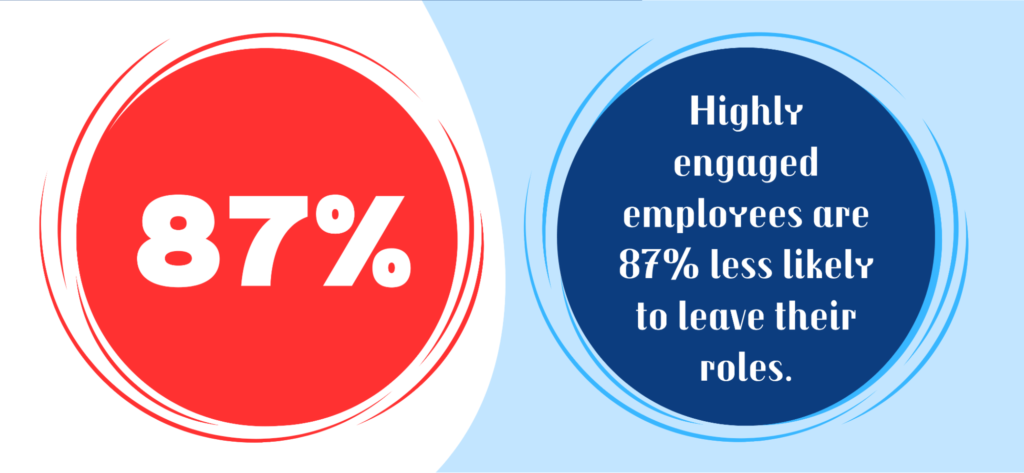
However, it should be conducted transparently, with employee consent, and in compliance with laws and regulations.
5. Employee development: Employee monitoring can identify areas of improvement for employees, providing opportunities for training, coaching project management, and skill development, which can lead to overall professional growth.
Types of Employee Monitoring
There are various methods and technologies available for employee monitoring. Some of the common types of employee monitoring tools include:
1. Time Tracking: This type of monitoring involves tracking the time employees spend on different tasks or projects using time-tracking software, time clocks, or time sheets.
According to an Insider Threat report, in 2018, a staggering 94% of organizations utilized some form of employee and employee performance monitoring tools, which marked a significant increase from 42% in 2017. This indicates a growing trend among organizations to implement measures for monitoring employees’ activities, behaviors, and performance in the workplace.
2. Internet Usage Monitoring: This type of monitoring involves tracking employees’ internet usage, including websites visited, online activities, and time spent on non-work-related websites.
3. GPS Tracking: This type of monitoring involves tracking employees’ location and movements using GPS technology, especially for employees who work remotely or when remote employees are involved in field-based activities.
4. Video Surveillance: This type of monitoring involves using cameras to record and monitor employees’ activities in the workplace, including their interactions with customers, colleagues, and workstations.
5. Email and Communication Monitoring: This type of monitoring involves monitoring employees’ email communications, instant messaging, and other communication channels to track their communication patterns, content, and tone.
Legal and Ethical Considerations
While employee monitoring can provide valuable insights, it also raises legal and ethical concerns that employers must address. Some of the key considerations include:
1. Privacy Laws and Regulations
Employers must comply with relevant privacy laws and regulations, such as the General Data Protection Regulation (GDPR) in the European Union or the Health Insurance Portability and Accountability Act (HIPAA) in the United States, which govern the collection, use, and protection of employees’ data.
2. Employee Consent and Transparency
Employers must obtain proper consent from employees before monitoring their activities and communicate the purpose, scope, and extent of monitoring to ensure transparency and fairness.
3. Ethical Considerations
Employers must consider the ethical implications of monitoring, such as the potential invasion of employees’ privacy, the impact on trust and morale, and the fairness of using monitoring data in performance evaluations.
Get more out of your business
Get the best employee engagement content every week via mailing list
Best Practices for Employee Monitoring
To ensure effective and ethical use of employee monitoring software, employers should follow best practices, including:
1. Creating Clear Policies and Procedures
Employers should establish clear policies and procedures regarding employee monitoring, including the purpose, scope, and methods of monitoring, as well as the consequences of misuse or violation of monitoring policies.
2. Providing Employee Education and Training
Employers should provide comprehensive education and training to employees regarding the purpose, benefits, and scope of employee monitoring, as well as their rights, responsibilities, and expectations in the monitoring process.
3. Ensuring Fairness and Non-discrimination
Employers should ensure that employee monitoring is conducted in a fair and non-discriminatory manner, without targeting specific employees or groups based on their race, gender, religion, age, or any other protected characteristic.
Challenges of Employee Monitoring
Despite its potential benefits, the best employee monitoring software also poses challenges that employers must address, including:
1. Balancing Privacy and Performance
As an HR manager, you should not violate the privacy of your employees. Privacy matters a lot. Employers must strike a balance between monitoring employees for performance evaluation purposes and respecting their privacy rights. Over-monitoring or intrusive monitoring can lead to employees feeling monitored constantly, leading to decreased trust and morale.
2. Maintaining Employee Trust and Morale
Employee monitoring can impact employee trust and morale, as employees may feel that their privacy is invaded or that they are constantly being watched. Employers must ensure that monitoring is conducted transparently, ethically, and for legitimate business purposes to maintain employee trust and morale.
3. Handling Misuse of Monitoring Data
Employers must establish safeguards to prevent misuse of monitoring data, such as unauthorized access, tampering, or sharing of data, and take appropriate actions if any misuse is detected.
4. Dealing with Legal and Compliance Risks
Employee monitoring can pose legal and compliance risks, such as violation of privacy laws, data breaches, or lawsuits. Employers must ensure that monitoring practices comply with applicable laws and regulations to avoid legal and financial repercussions.
Employee Performance Review Template
To make it clear to you, here’s a template for conducting employee performance reviews:
- Begin with an opening statement that sets the tone for the review and acknowledges the employee’s contributions.
- Review specific performance goals and expectations that were set for the employee.
- Evaluate the employee’s performance against these goals and expectations, providing specific examples and feedback.
- Discuss areas where the employee has excelled and areas that need improvement, using objective and measurable criteria.
- Provide constructive feedback and suggestions for improvement.
- Discuss any development opportunities or training that may benefit the employee.
- Address any questions or concerns the employee may have.
- Close the review with a summary of the main points discussed and express appreciation for the employee’s efforts.
- Provide an opportunity for the employee to ask questions or provide input.
- Set goals and expectations for the upcoming performance period and schedule a follow-up review.
Employee Performance Review Software

Did you know,98%of organizations consider performance management to be a crucial aspect? The following best employees performance review software is used:
1. BambooHR: BambooHR is a comprehensive HR software that offers performance management features, including customizable performance review templates, goal-setting, and feedback tracking. It also provides 360-degree feedback, allowing employees to receive feedback from multiple sources.
2. 15Five: 15Five is a performance management software that focuses on continuous feedback and employee engagement. It offers features such as weekly check-ins, goal tracking, and peer recognition. Managers can easily provide feedback and track employee progress.
3. PerformYard: PerformYard is a performance management software that offers features such as customizable review templates, goal-setting, and real-time feedback. It also provides tools for 360-degree feedback and employee self-assessment and has built-in analytics for performance tracking.
4. Reflektive: Reflektive is a performance management platform that offers features such as real-time feedback, goal-setting, and recognition. It also provides tools for conducting 360-degree feedback, performance calibration, and analytics for tracking performance trends.
5. Talentsoft: Talentsoft is a performance management software that offers customizable review templates, goal-setting, and feedback tracking. It also provides features such as development plans, competency assessments, and succession planning, making it a comprehensive talent management solution.
6. Trakstar: Trakstar is a performance management software that offers customizable review templates, goal-setting, and feedback tracking. It also provides tools for conducting 360-degree feedback, employee self-assessment, and analytics for performance tracking.
Please note that the “best” employee performance review software may vary depending on the specific needs and requirements of your organization, so it’s recommended to evaluate and choose the software that aligns best with your organization’s goals and processes.
Frequently Asked Questions (FAQs)
People also ask the following questions frequently:
(i). How Can Employers Ensure Employee Privacy While Monitoring?
Employers can ensure employee privacy while monitoring by obtaining proper consent, being transparent about the purpose and scope of monitoring, and using monitoring data only for legitimate business purposes.
(ii). What Are The Ethical Considerations In Employee Monitoring?
Ethical considerations in employee monitoring include invasion of privacy, impact on trust and morale, fairness in employee performance monitoring and evaluations, and non-discrimination in monitoring practices.
(iii). Can Employee Monitoring Negatively Impact Employee Morale?
Yes, intrusive or over-monitoring can negatively impact employee morale, as employees may feel constantly monitored or that their privacy is invaded. Employers should implement monitoring practices transparently and ethically to maintain employee trust and morale.
(iv). How Can Employers Handle Misuse Of Monitoring Data?
Employers should establish safeguards to prevent misuse of monitoring data, such as unauthorized access or sharing, and take appropriate actions, such as disciplinary measures or legal actions if any misuse is detected.
Final Thoughts
In today’s competitive business environment, employee monitoring has become a valuable tool for performance evaluation. By tracking and collecting data on employees’ activities and behaviors, employers can gain insights into their employee’s performance, productivity, and engagement levels. However, it is essential to balance the benefits of employee monitoring with ethical considerations, privacy rights, and legal compliance.
To implement effective employee monitoring for performance review, employers should establish clear policies and procedures, provide employee education and training, ensure fairness and non-discrimination, address challenges such as privacy concerns, and maintain employee trust and morale. By following best practices and considering legal and ethical considerations, employers can use employee monitoring as a tool for a performance review responsibly and effectively.


